Another scene "analysis."
A few things to note:
There is no restraint on spoilers. You’ve been warned.
Sometimes I refer to the characters by the name of the actors playing them because it is easier for people to follow especially if they haven't seen the movie.
It’s better to watch the scene first before reading the commentary.
Best line: “Is that everything? It seemed like he said quite a bit more than that.”
Execution: This scene sticks with the subtle, natural cinematography that is present throughout the movie. There isn’t anything particularly special about how this scene was filmed except that the camera always catches Bill Murray’s mannerisms a bit like a documentary.
Purpose: On first viewing, Murray’s exchange with the Suntory director is a humorous example of culture differences that goes along with many similar instances throughout the film (like the scene when Murray enters an elevator and is much taller than all the natives next to him). You might think, “Japanese is such a wordy language!” or “Wow, Bill Murray is so out of place.” Many people criticized the film as being filled with too many of these types of scenes stressing the same idea. They should take a look at the translation. For those who understand Japanese, there is an unexpected gem buried within the dialogue.
Read the translation below:
DIRECTOR (in Japanese to the interpreter): The translation is very important, okay? The translation.
INTERPRETER: Yes, of course. I understand.
DIRECTOR: Mr. Bob-san. You are sitting quietly in your study. And then there is a bottle of Suntory whiskey on top of the table. You understand, right? With wholehearted feeling, slowly, look at the camera, tenderly, and as if you are meeting old friends, say the words. As if you are Bogie in Casablanca, saying, ''Cheers to you guys,'' Suntory time!
INTERPRETER: He wants you to turn, look in camera. O.K.?
BOB: That's all he said?
INTERPRETER: Yes, turn to camera.
BOB: Does he want me to, to turn from the right or turn from the left?
INTERPRETER (in very formal Japanese to the director): He has prepared and is ready. And he wants to know, when the camera rolls, would you prefer that he turn to the left, or would you prefer that he turn to the right? And that is the kind of thing he would like to know, if you don't mind.
DIRECTOR (very brusquely, and in much more colloquial Japanese): Either way is fine. That kind of thing doesn't matter. We don't have time, Bob-san, Okay? You need to hurry. Raise the tension. Look at the camera. Slowly, with passion. It's passion that we want. Do you understand?
INTERPRETER (In English, to Bob): Right side. And, uh, with intensity.
BOB: Is that everything? It seemed like he said quite a bit more than that.
DIRECTOR: What you are talking about is not just whiskey, you know. Do you understand? It's like you are meeting old friends. Softly, tenderly. Gently. Let your feelings boil up. Tension is important! Don't forget.
INTERPRETER (in English, to Bob): Like an old friend, and into the camera.
BOB: Okay.
DIRECTOR: You understand? You love whiskey. It's Suntory time! Okay?
BOB: Okay.
DIRECTOR: Okay? Okay, let's roll. Start.
BOB: For relaxing times, make it Suntory time.
DIRECTOR: Cut, cut, cut, cut, cut! (Then in a very male form of Japanese, like a father speaking to a wayward child) Don't try to fool me. Don't pretend you don't understand. Do you even understand what we are trying to do? Suntory is very exclusive. The sound of the words is important. It's an expensive drink. This is No. 1. Now do it again, and you have to feel that this is exclusive. Okay? This is not an everyday whiskey you know.
INTERPRETER: Could you do it slower and ----
DIRECTOR: With more ecstatic emotion.
INTERPRETER: More intensity.
DIRECTOR (in English): Suntory time! Roll.
BOB: For relaxing times, make it Suntory time.
DIRECTOR: Cut, cut, cut, cut, cut! God, I'm begging you.
The viewer's newly attained perspective of the scene does two things. One, it becomes dramatically ironic by letting us know what the director is saying without Murray ever knowing. Two, it adds a new layer to the scene’s purpose.
Addressing the first point, this scene is essentially funny twice. It is funny the first time when the viewer is stuck within Murray’s American perspective while the second time is because the viewer has a complete understanding of the dialogue from both conversation participants, Murray and the director. You might even laugh at yourself a bit for how you interpreted the scene the first time you saw it.
On the second point, the scene takes on a new meaning. What was before, “Look at those Japanese doing Japanese things!” has become an observation of both cultures' shortcomings. Murray tries his best to understand, and the director desperately tries to make him understand, but an understanding is never reached. We’re all human, so why is it so hard to connect? It’s because of the barriers we’ve put up between us that makes it so difficult to communicate. There’s not just an ocean but religions, taboos, customs, traditions, languages separating us. The director couldn’t get his commercial done because of all these differences. Potentially great things are being lost in translation. I’m not here to say if that is true or not (I’m just analyzing the scene/film’s meaning), but I will mention a (semi)relevant quote from Synecdoche, New York:
“You realize you are not special. You have struggled into existence, and are now slipping silently out of it. This is everyone's experience. Every single one. The specifics hardly matter. Everyone's everyone.”

